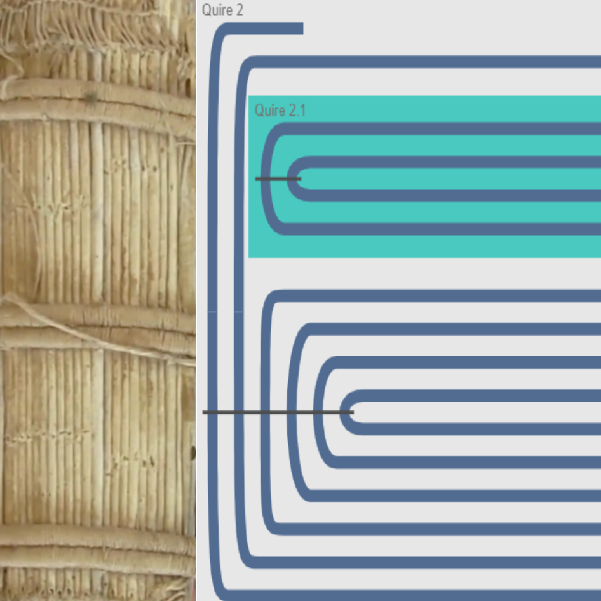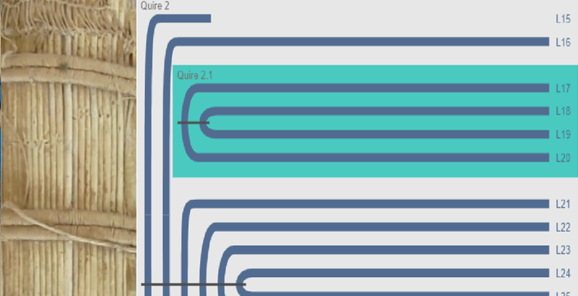The ultimate working unit of the codex is the gathering structure known as the quire, a group of folded (or single) leaves bound together with other quires to form the text block. This structure, characterized by a limited number of elements and variations in their spatial arrangement, is fundamental to the study of the codex format for manuscript books. Traditionally, gathering structures are described in highly formalized alphanumerical formulaic representations, referred to as collation formulas. It is customary to include these formulas in paper-based and online catalogues. For what concerns manuscript studies, however, there are no actual standards, and different catalogues and scholars use their own set of rules and practices, making broader analysis difficult. In addition, the information density of collation formulas hinders the immediacy of their interpretation.
In this lecture, creators Dot Porter, SIMS founding member and Curator of Digital Research Services, and Alberto Campagnolo, book conservator and adjunct professor at the University of Udine, will present a new version of the online collation modeler VisColl to address these challenges. VisColl 2.0, with its new interface VCEditor, has been updated to model complex structures, with quires, subquires, and a variety of attachment methods, also through an intuitive graphic interface that guides the user and permits data input without knowledge of the XML data model behind it.
A recording of this lecture is available on the SIMS YouTube channel.
Alberto Campagnolo trained as a book conservator (in Spoleto, Italy) and has worked in that capacity in various institutions, e.g. London Metropolitan Archives, St. Catherine’s Monastery (Egypt), and the Vatican Library. He studied Conservation of Library Materials at Ca’ Foscari University Venice, and holds an MA in Digital Culture and Technology from King’s College London. He pursued a PhD on an automated visualization of historical bookbinding structures at the Ligatus Research Centre (University of the Arts, London). He was a CLIR Postdoctoral Fellow (2016-2018) in Data Curation for Medieval Studies at the Library of Congress (Washington, DC). Alberto, in collaboration with Dot Porter (SIMS, UPenn Libraries, Philadelphia, PA), has been involved from the onset in the development of VisColl.
As Curator of Digital Research Services in the Schoenberg Institute for Manuscript Studies, Dot Porter participates in a wide-ranging digital humanities research and development team within the context of a special collections department. Dot's projects focus on the digitization and visualization of medieval manuscripts. Dot holds an MA in Medieval Studies from Western Michigan University, and an MS Library Science from UNC-Chapel Hill. She has worked on a variety of digital humanities projects over a decade-long career, focusing on materials as diverse as ancient texts and Russian religious folklore, providing both technical support and scholarly expertise. From 2010 until March 2013, she was the Associate Director for Digital Library Content and Services at the Indiana University Bloomington Libraries, where she led in planning and implementing new services to support librarians and faculty in the creation of digital projects. She has also worked for the Digital Humanities Observatory at the Royal Irish Academy, and the Collaboratory for Research in Computing for Humanities at the University of Kentucky.
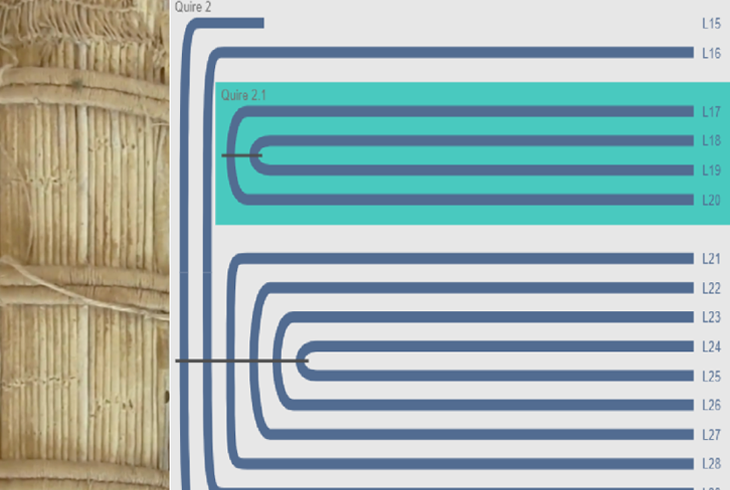
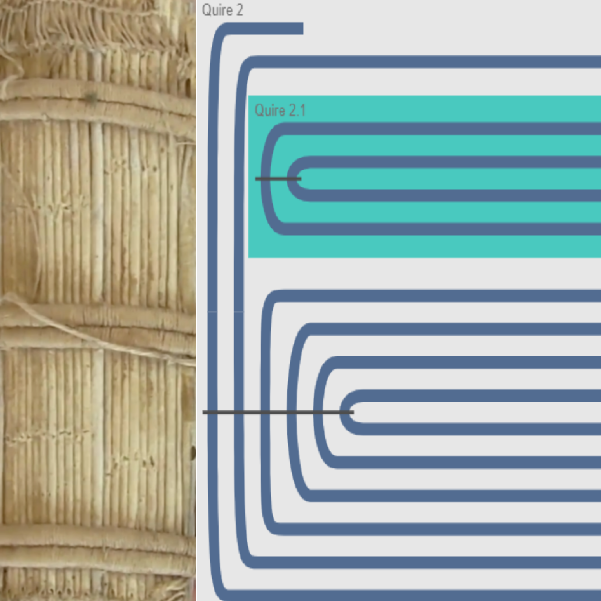
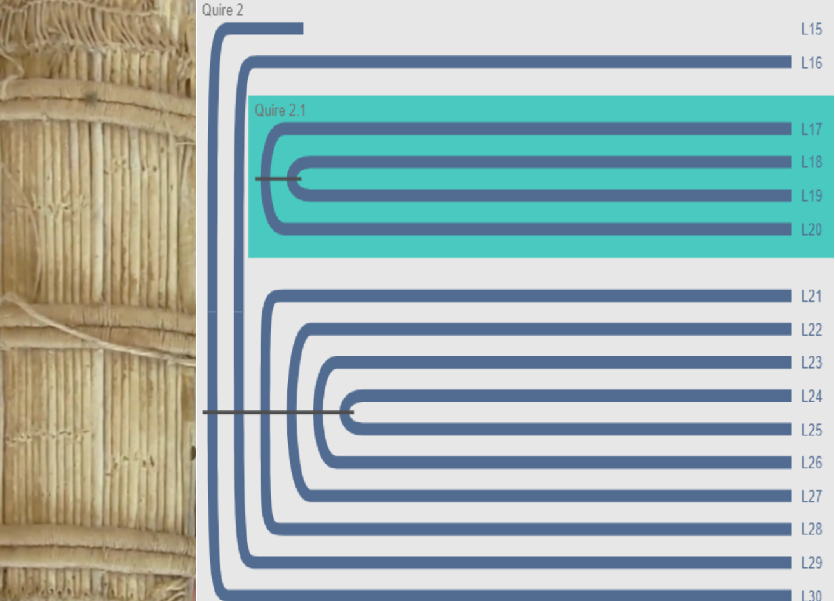
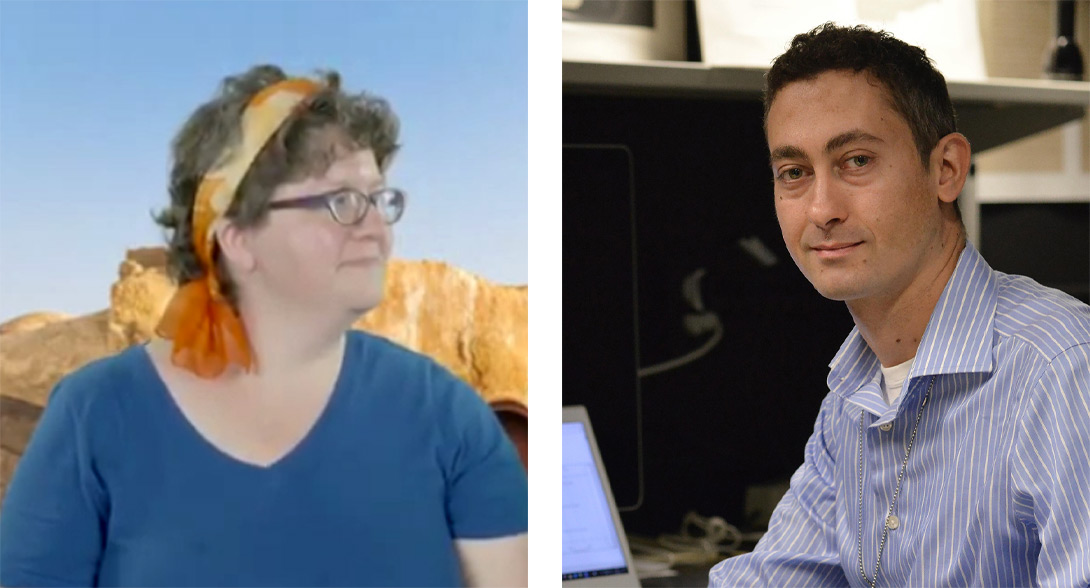
Dot Porter, Schoenberg Institute for Manuscript Studies, Penn Libraries
